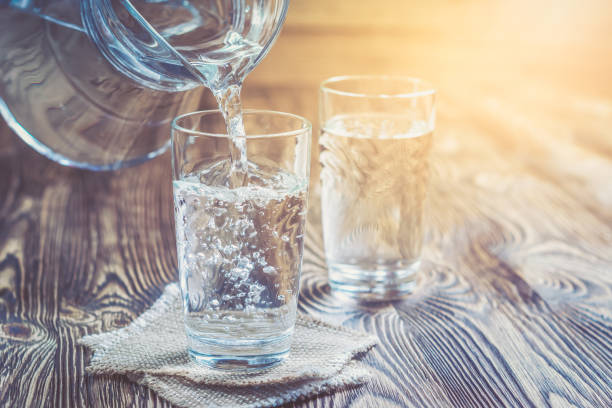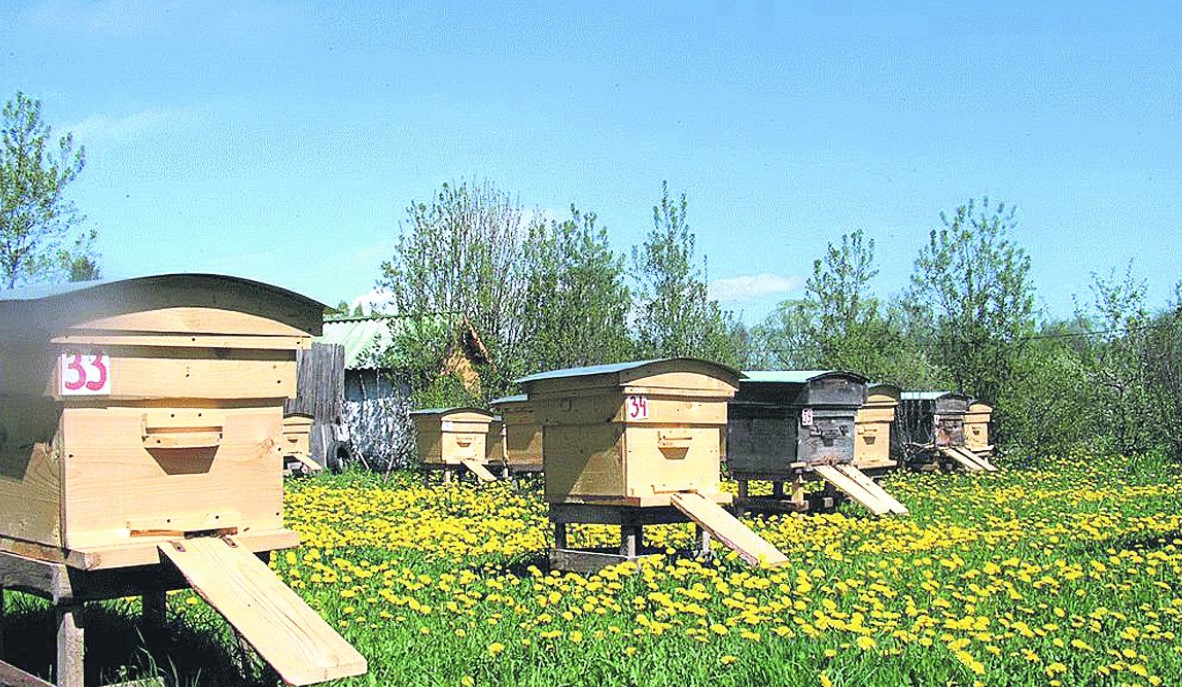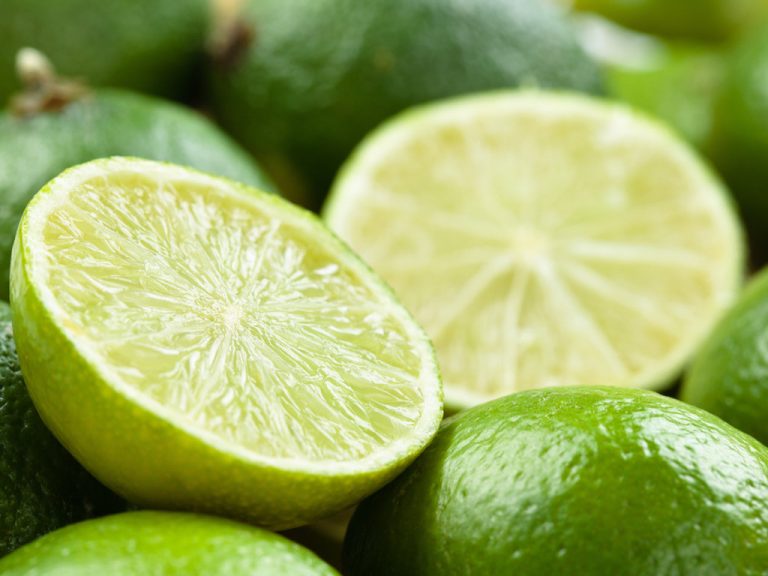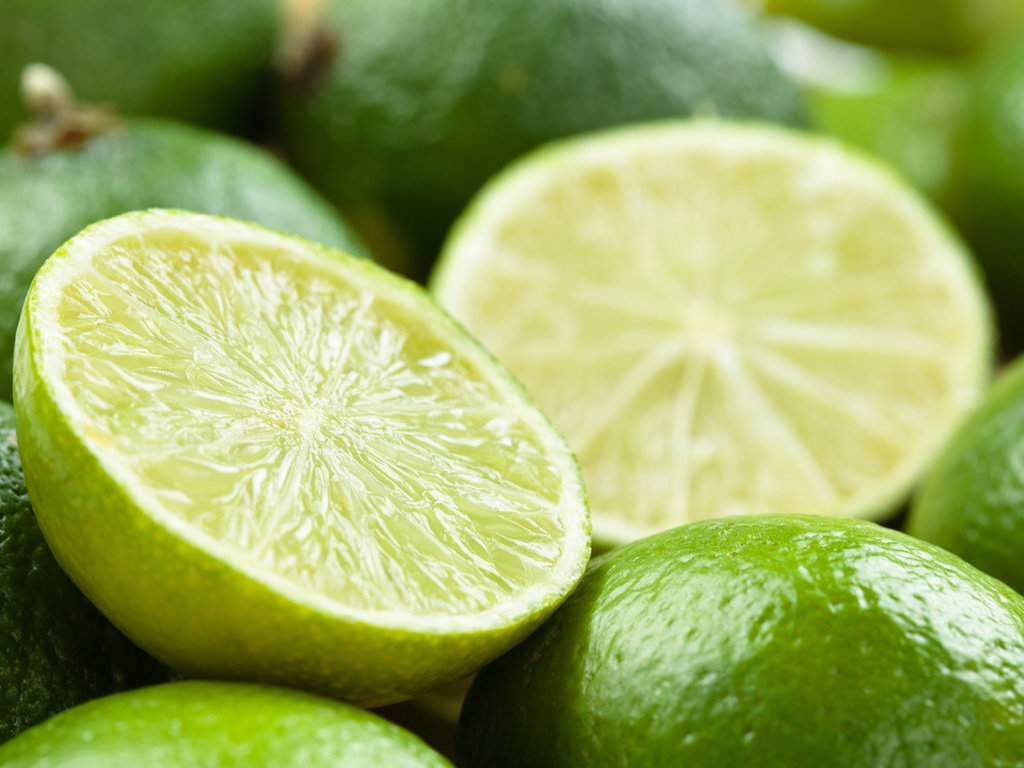An average German uses around 120 to 140 liters of water a day. We use most of the water for the sanitary area, for every toilet flush, for brushing our teeth, washing, etc. However, very little water for drinking. The high standards in Germany, which should guarantee the quality of drinking water, are among the highest in Europe. It is reassuring to know that, but the fact that our water still has a high lime content cannot be denied.
Calcareous water is commonplace in this country and this is particularly noticeable when we use washing machines, instantaneous water heaters, and coffee machines again and again.

The limescale deposits are not only visible but also harmful to the proper functioning of this and all machines that work with water. But we also more or less feel the limescale in the water on taps, sinks, in toilets, and even when washing our hair. The water is hard and calcareous. In order to give the water a certain degree of softness, there are certain methods that can be quite effective and important.
Owners often rely on water softening systems
The call for soft water and sustainability in the consumption of precious water is becoming more and more frequent. When it comes to construction projects, more people think that they install water softening systems, house water filter systems, and osmosis systems in order to be able to use soft and decalcified water in the household.
The installation of these devices is not difficult and can be used after a short installation phase. State-of-the-art electronic controls make them easy to use and easy to maintain. The connection of these machines is directly at the water access.
Hard water is not good for us
Just washing your hair shows how hard or soft the water is. Because brittle and dry hair after washing, which also looks very dull after drying, is in many cases a (hidden) sign of too hard water. With soft water, the hair feels soft and supple even when washing. Stubborn limescale deposits on taps, showerheads, and drains in the sanitary area are also signs of too much limescale in the water.

They can only be removed with special cleaning agents. The degree of hardness of the water (°dH) is ultimately decisive for the lime content. The reference value or ideal value in Germany is 7°dH. Calcium deposits can clog lines, burst them, compact and damage seals and plugs or important access pipes and plumbing.
Regular descaling of washing machines, dishwashers, fully automatic coffee machines or the kettle is therefore highly advisable so that they remain undamaged and the deposits can be loosened. If you don’t do this, the destruction of the respective machines is inevitable due to the limescale deposits alone. The service life of the devices is significantly lower than with regular decalcification.
Vinegar cleaners can work wonders and dissolve the limescale in a completely natural and environmentally friendly way. If the water in the household is not softened, all the water pipes in the entire water system can be affected. Guide values for the degree of hardness are often recommended in order to be able to connect and use various devices or machines in the household at all.





